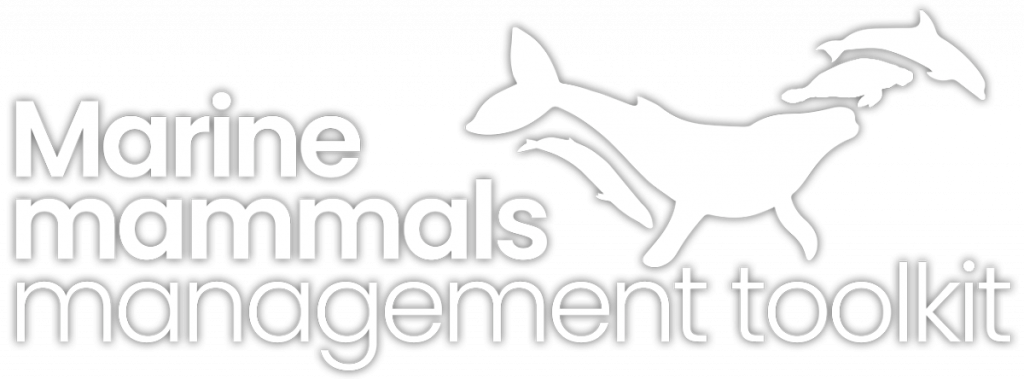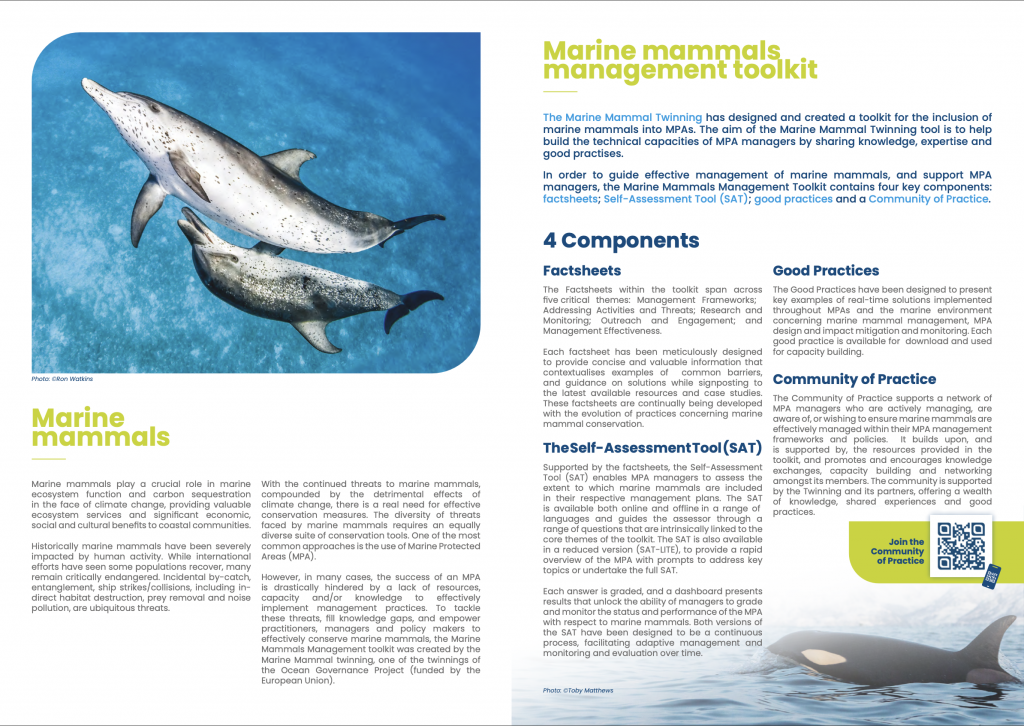North Atlantic Right Whale Population Trends Worries Scientists: Lowest Since 2010
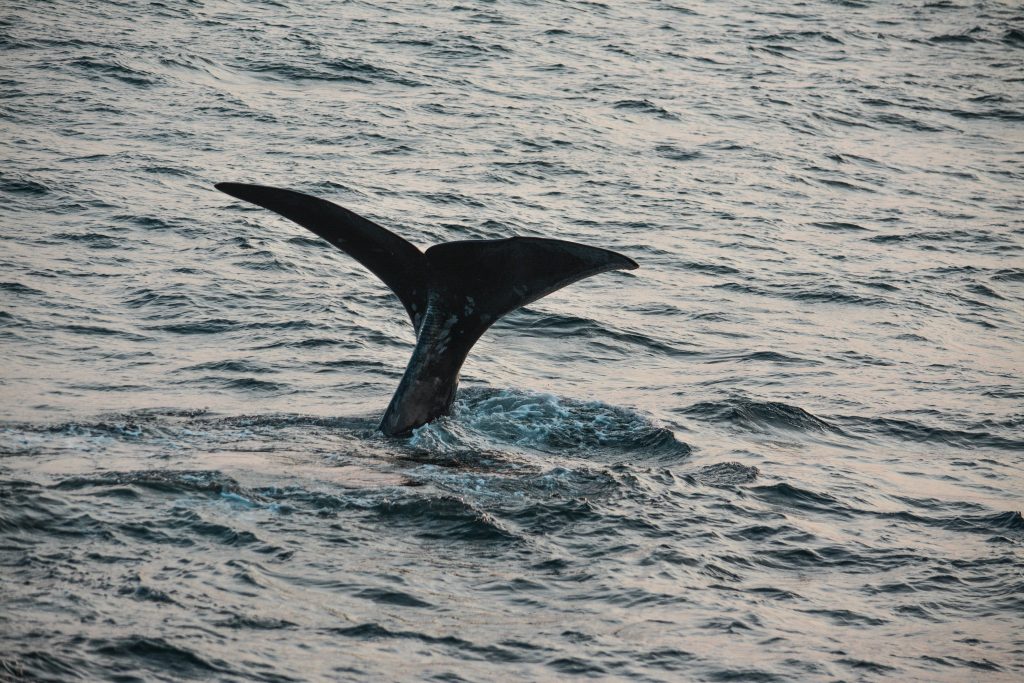
For more than 40 years, a group of researchers in New England (US) have been monitoring the population of the critically endangered North Atlantic right whale, by photographing them and tracking their movements throughout their extensive range. The whales migrate from their feeding grounds off the north-eastern coast of the US and Canada, to the […]
SPREP 2021 Pacific Cetacean Review
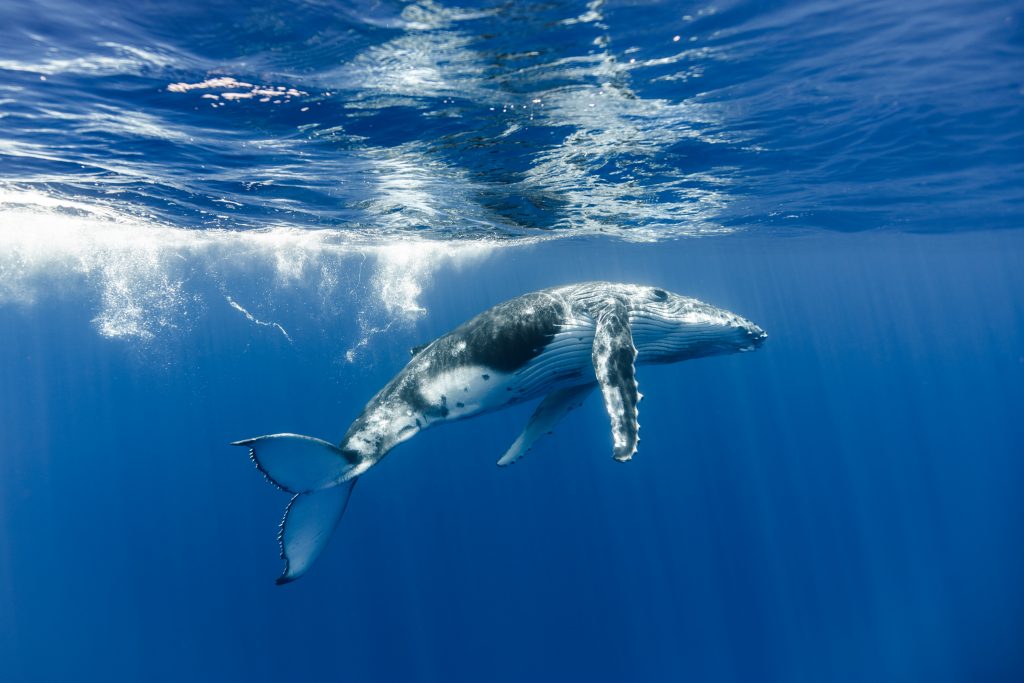
This report presents a general summary of cetacean species and their threats in the Pacific Islands region. The information in this report is separated into three main sections: i) an overview of cetaceans found in the Pacific Islands region, (ii) a review of key threats for Pacific Island cetaceans, and (iii) identification of knowledge gaps in assessing threats […]
Call for Urgent Action: Chemical Pollution Threatens Whales and Dolphins

A new WDC report has issued an urgent call for collaborative efforts to address the critical issue of chemical pollution and its impact on cetaceans Chemical pollution, driven by the presence of synthetic contaminants, is an escalating global environmental threat to our oceans. These contaminants, known as Persistent Organic Pollutants (POPs) and heavy metals, are persistent, bioaccumulative, […]
Study: Microplastics Found in 2/3 Marine Mammals

Microplastics Found in Fats and Lungs of Two-Thirds of Studied Marine Mammals, Raising Concerns Over Long-Term Impact In a recent study conducted by a graduate student at Duke University Marine Lab, researchers have made a disconcerting discovery: microscopic plastic particles have been detected in the fats and lungs of approximately two-thirds of marine mammals examined. […]
As sea ice declines in the Arctic bowhead whales are adjusting their migration patterns
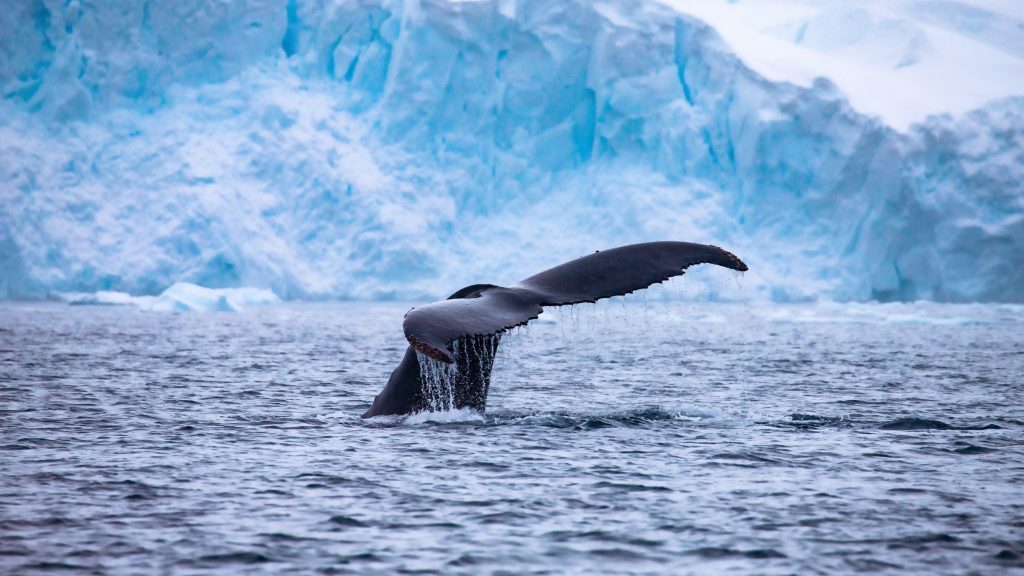
The Arctic has warmed 4 times faster than the rest of the globe since 1979, with sea ice extent decreasing 13% per decade. Increased warming and the continued loss of sea ice will have significant negative impacts on marine mammals that rely heavily on sea-ice for survival. Amongst these species, the bowhead whale, the only […]
New Training Manual for Marine Turtle Conservation

The Network of Marine Protected Areas of West Africa (RAMPAO) has developed in collaboration with the Association Chelonee, the “Training manual for the conservation of marine turtles in West Africa”. The manual, inspired by conservation success stories and indigenous knowledge, aimed at MPA managers and conservation stakeholder, fills important gaps in marine turtle conservation, which […]
New Research Redefines Habitat-use of North Atlantic Right Whales
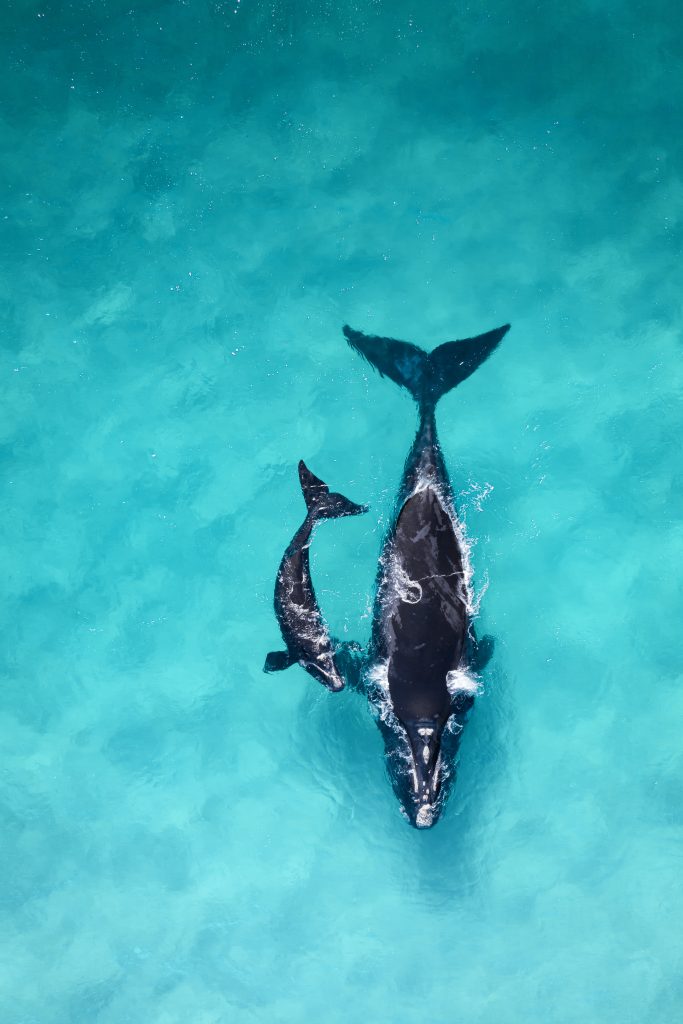
With fewer than 350 North Atlantic Right whales remaining, obtaining a better understanding of their movements and habitat use is crucial to the species’ survival. A new study published in the journal of Limnology and Oceanography, examined areas that are critical for breeding, feeding and transiting for the North Atlantic Right Whale population across their […]
Marine Mammals and Renewable Energy

Marine mammals of all sizes are always a welcome sight for visitors to the UK coastline. But while they are abundant in British waters, especially in Scotland, they now face a new challenge: coexisting with offshore renewable energy. In this short report released by the authors from the University of St Andrews Sea Mammal Research […]
Using drones to detect pregnancy in dolphins
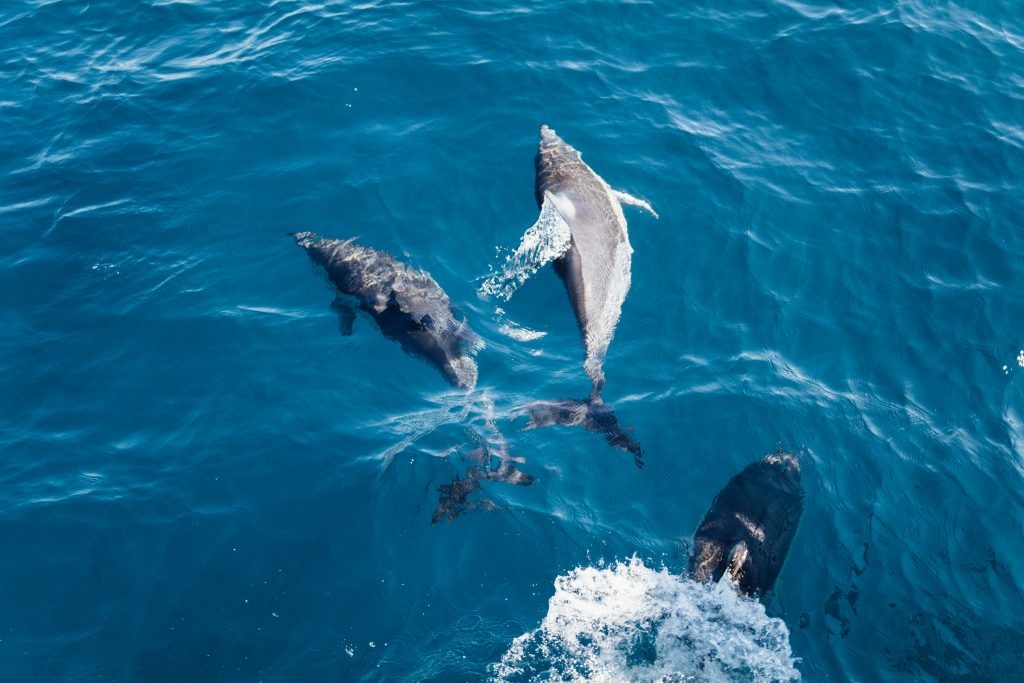
In bottlenose dolphins, a group of scientists have used unoccupied aerial systems (UAS, known as drones), to non-invasively measure body morphometrics of individuals, and have been able to successfully detect pregnancy. The research intended to compare drone imaging with usually used laser photogrammetry to see if it could be used as a substitute, and to […]
Whales’ anatomy prevents them from choking
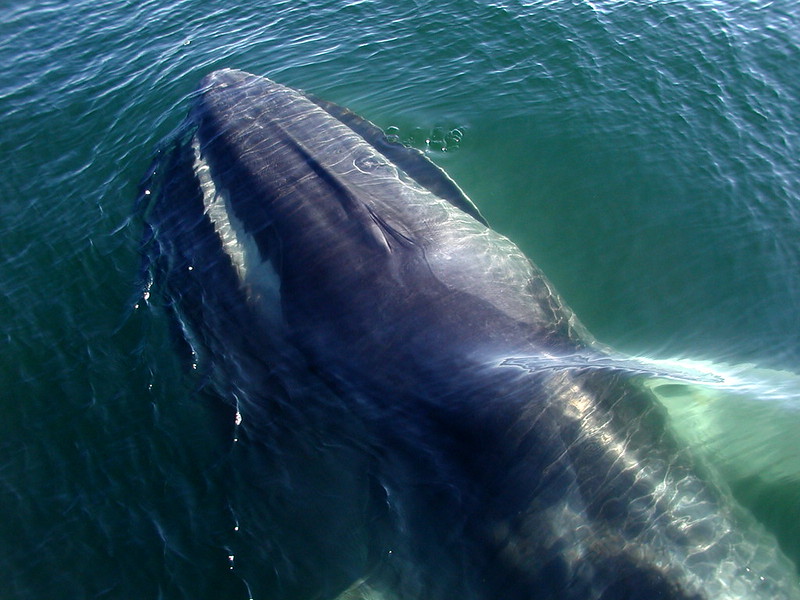
The lunge-feeding technique of whales requires engulfing a volume of prey-laden water as large as their own body, while swimming at high speeds, to allow for the capture of small fish and krill in their baleen. However, lunge-feeding baleen whales must also breath in the process – how do whales manage not to choke? A […]

